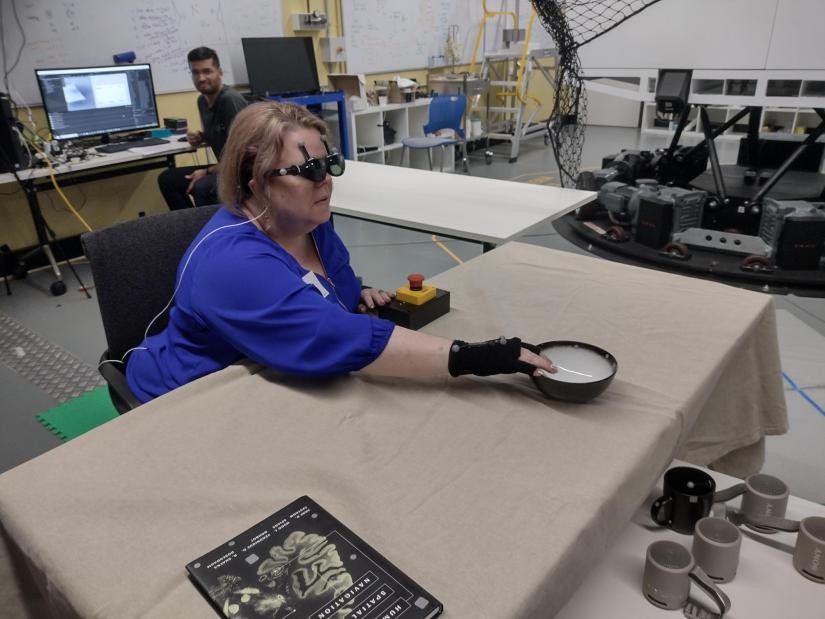Researchers have drawn inspiration from bats' echolocation abilities to create a groundbreaking technology: smart glasses that convert visual information into unique sound representations. This innovation aims to significantly improve navigation for blind and visually impaired individuals, potentially transforming their daily lives.
Assistive technology is crucial in providing solutions for individuals with sensory disabilities, particularly those facing challenges due to blindness or low vision (BLV). This condition can significantly impact a person's ability to engage in everyday activities.
'Acoustic Touch' Smart Glasses
The newly developed smart glasses, termed "acoustic touch," have been engineered by a team of Australian researchers from the University of Technology Sydney and the University of Sydney in collaboration with Sydney-based startup ARIA Research.
This technology stands apart from conventional smart glasses, which rely on computer vision and other sensory data to convert the wearer's surroundings into synthesized speech.

Instead, the acoustic touch technology translates visual stimuli into distinct sound icons, creating a unique auditory representation of objects within the wearer's field of view.
For example, the sound of rustling leaves might signify a plant, while a buzzing sound could represent a mobile phone. The study, led by Dr. Howe Zhu from the University of Technology Sydney, investigated the effectiveness and usability of acoustic touch technology.
It involved 14 participants serving as a control group, which comprised seven individuals with blindness or low vision and seven sighted individuals who were blindfolded.
The results demonstrated that the wearable device equipped with acoustic touch technology significantly improved the ability of blind or low-vision individuals to recognize and reach for objects without imposing excessive mental effort.
Zhu suggested that this advancement indicates significant potential for acoustic touch technology as a wearable and efficient method of sensory enhancement for the visually impaired community, allowing users to identify and reach for objects accurately.
Critical Role of Assistive Tech
The research highlights the critical role of assistive technology in addressing everyday challenges faced by individuals with blindness or low vision, particularly in locating specific household items and personal belongings.
By tackling these hurdles, acoustic touch technology opens up new possibilities for greater independence and an improved quality of life for this demographic.
"Smart glasses typically use computer vision and other sensory information to translate the wearer's surrounding into computer-synthesized speech," said Distinguished Professor Chin-Teng Lin, a global leader in brain-computer interface research from the University of Technology Sydney.
"The auditory feedback empowers users to identify and reach for objects with remarkable accuracy. Our findings indicate that acoustic touch has the potential to offer a wearable and effective method of sensory augmentation for the visually impaired community," Zhu added.
The study's findings were published in the journal PLOS One.
Related Article : In Pursuit of Apple Watch: Michigan Woman Gets Stuck Inside Outhouse Toilet While Trying to Retrieve Lost Gadget

ⓒ 2025 TECHTIMES.com All rights reserved. Do not reproduce without permission.




